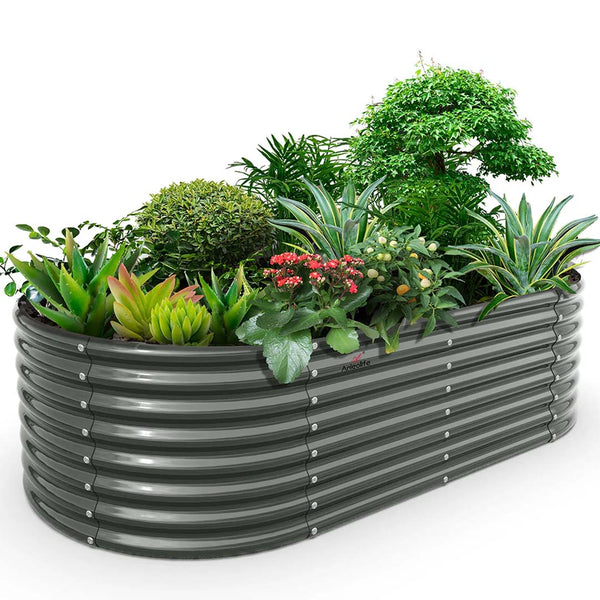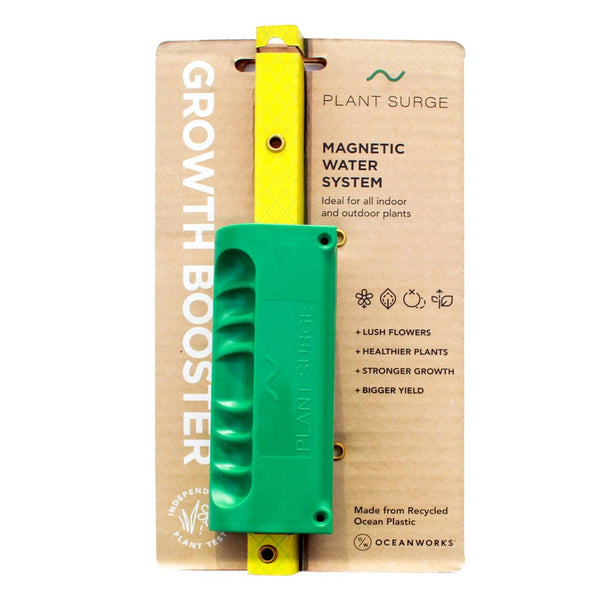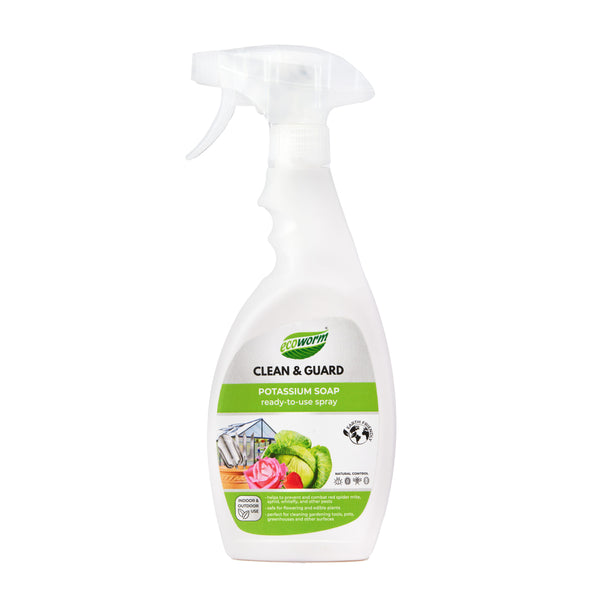The 30-Minute Solution: Raised Garden Kits That Turn Beginners Into Master Gardeners

Understanding Raised Garden Beds
Benefits of Raised Bed Gardening
Raised bed gardening is like the VIP section of the plant world, offering perks that make it a hit with both newbies and seasoned green thumbs. Here's why folks love it:
- Looks Good: Raised beds are the garden's version of a makeover. They tidy up your space and can be shaped to fit your style, making your garden look like it belongs in a magazine.
- Top-Notch Dirt: With raised beds, you get to play soil scientist. You can mix up the perfect blend for your plants, ensuring they get the air, drainage, and nutrients they need to thrive (My Little Green Garden).
- Bumper Crops: These beds are like plant condos, letting you pack in more veggies per square foot. Even if you're short on space, you can still enjoy a big harvest.
- Water Wizardry: Raised beds are great at managing water, preventing soggy roots and keeping your plants happy, especially if you live where it rains cats and dogs (National Garden Bureau).
- Pest Patrol: Being off the ground helps keep pests at bay and reduces the chance of soil diseases. It's like giving your plants a security system (My Little Green Garden).
- Longer Growing Season: These beds soak up the sun's warmth, letting you start planting earlier and keep harvesting later. It's like having a secret weapon against the cold.
Materials for Raised Garden Beds
Picking the right stuff for your raised garden bed is like choosing the right outfit—it matters! Here's the lowdown on popular materials:
- Wood: Cedar wood is a fan favorite for its natural vibe and wallet-friendly price. Just remember, untreated wood might not last as long, while treated wood sticks around but isn't the best for food crops.
- Steel: Steel beds are tough cookies, lasting up to 20 years. They're a smart buy in the long run, with prices from $120 to $300. Plus, they don't need much TLC and are great for holding soil.
- Concrete Blocks: These are the budget option, easy to find and flexible in design. But watch out—they might have heavy metals, so not the best for food crops.
- Plastic and Resin: Durable and often modular, these beds are usually BPA-free and made from polyethylene, which is safe for plants. Just be cautious with recycled materials that might contain BPA (Epic Gardening).
- EMT Conduit: Using EMT conduit with Maker Pipe's fittings is a savvy alternative to wood. Made from steel, it's built to last outdoors and is a solid choice for garden structures.
For more tips on setting up your raised garden bed, check out our guide on raised garden bed kits and explore various raised bed kits to find the perfect match for your gardening dreams.
Choosing the Right Raised Garden Bed
Picking out the best raised garden bed is like finding the perfect pair of shoes—it's gotta fit just right! Let's chat about the ideal size and the different materials you can use to build your garden paradise.
Ideal Height and Width
Size matters when it comes to your raised garden bed. You want it to be easy to use and super functional. Here's the lowdown on what works best:
Height: Start with at least six inches, but if you want to go big, 18 inches or more is the sweet spot for drainage and ease of gardening. If bending over is a pain, go for beds up to two feet deep. Your back will thank you! (Gardenary)
Width: Keep it at least 18 inches wide. If you can walk around it, four feet is the max. If you're only reaching from one side, stick to under two and a half feet wide. (Gardenary)
Check out these popular sizes for raised garden beds:
| Size (L x W x H) | Growing Space | Ideal For |
|---|---|---|
| 4' x 4' x 1' | 16 sq ft | Herbs, Salad Greens |
| 2' x 8' x 1' | 16 sq ft | Vegetables, Flowers |
| 4' x 4' x 6" | 16 sq ft | Shallow-rooted Plants |
| 4' x 6' x 1' | 24 sq ft | Mixed Plantings |
| 4' x 8' x 1' | 32 sq ft | Larger Gardens |
| 2' x 6' x 1' | 12 sq ft | Compact Spaces |
Material Options for Raised Beds
The stuff you use to build your raised garden bed can make a big difference in how long it lasts and how it looks. Here's the scoop on some common materials:
Cedar: Cedar's like the superhero of garden beds—tough and naturally resistant to rot and bugs. Go for boards at least two inches thick for a bed that sticks around. (Gardenary)
Steel: Steel, especially Corten steel, is another tough cookie. It laughs in the face of rust and bad weather, but it might cost you a bit more. (Gardenary)
Raw Wood: Redwood, oak, and untreated pine are budget-friendly and easy to work with, but they might not last as long as cedar or steel. (Joe Gardener)
Treated Wood: Treated wood like ACQ or MCA fights off rot and bugs, but some folks worry about chemicals sneaking into the soil. (Joe Gardener)
Composite Wood: This mix of wood fibers and plastic is low-maintenance and long-lasting. It's rot and bug-resistant but can be pricier than natural wood. (Joe Gardener)
-
Concrete Blocks: Cinder or concrete blocks are sturdy and let you get creative with shapes and sizes. They're heavy, so setting them up takes some muscle, but they're rock-solid. (Joe Gardener)

Galvanized Metal: These beds are lightweight, tough, and rust-resistant. Plus, they give your garden a sleek, modern vibe. (Joe Gardener)
Pre-made Kits: If you're all about convenience, pre-made kits come in all sorts of materials and sizes. They're easy to put together and perfect for newbies. (Joe Gardener)
Picking the right raised garden bed is all about what you need and what you like. Whether you go for cedar, steel, or a handy kit, the goal is to create a cozy home for your plants. For more tips, check out our articles on raised garden bed kits and gardening in raised beds.
























